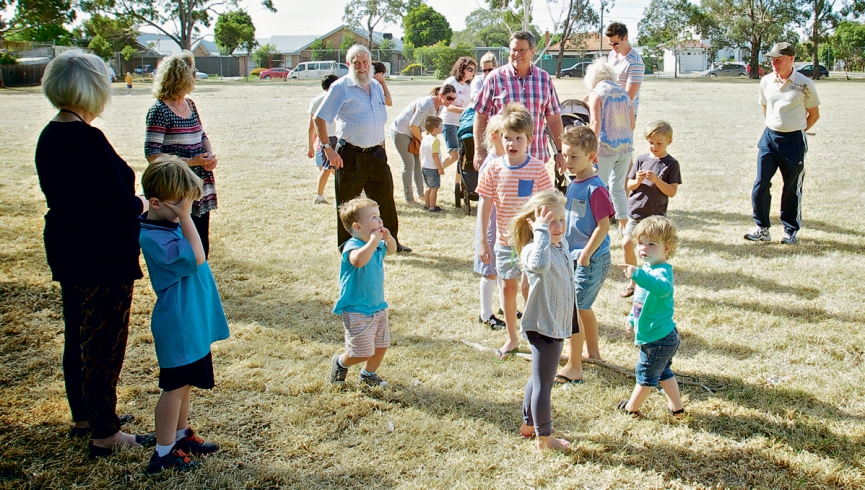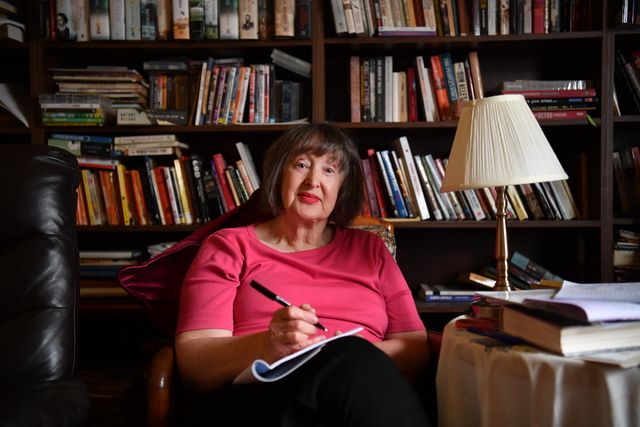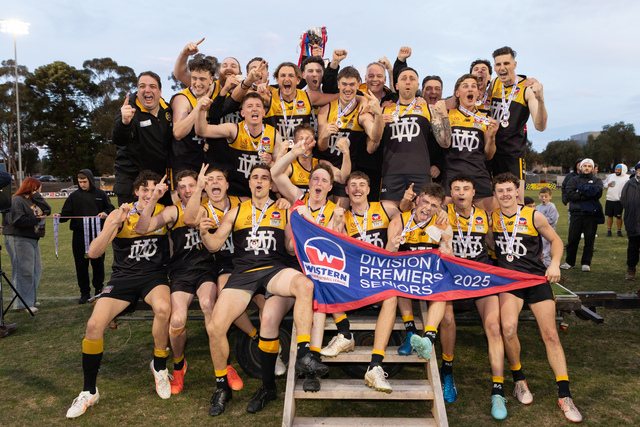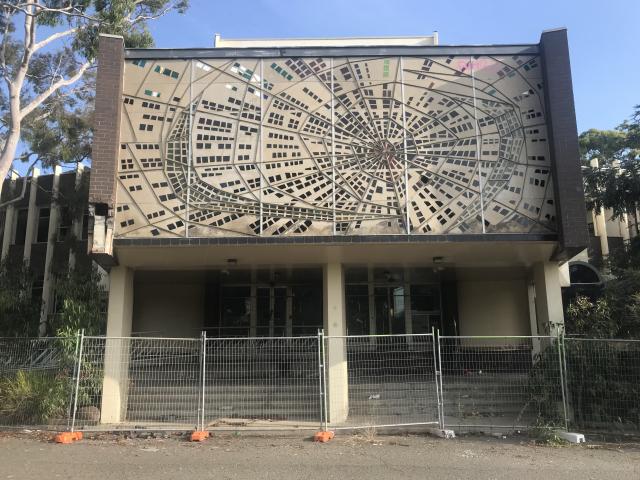A 10-year community campaign to turn the entire former Sunvale Primary School into parkland appears to be doomed.
Brimbank council approved a planning permit application for a 56-unit residential development in Service Street, Sunshine, last week, with the proviso the developer conducts an environmental audit.
The developer’s initial plan for 79 dwellings was knocked back by the council in March last year. A revised 60-unit development across the 0.8 hectare site was also rejected by the council on the grounds the proposal was a risk to human health.
In the letter to a subsequent Victorian Civil and Administrative Tribunal hearing, Environment Protection Authority Victoria regional director Damien Wells said an audit was needed for the Sunvale development.
“The groundwater below the site is contaminated with trichloroethane … a volatile chemical,” the letter said.
VCAT eventually upheld the council’s decision. However, the council has ticked-off the new 56-unit proposal, saying it was “of much better quality and will ensure a positive outcome for future residents, and the surrounding community”.
“The proposal represents a vastly different quality outcome to that which was proposed under the previous application, and satisfactorily addresses the previous concerns raised by council officers and VCAT,” a council report says.
The council paid $3.025 million in 2014 for 1.1 hectares of the site for a public park.
Friends of Sunvale Community Park spokesman John Hedditch said the battle was not over yet.
“The developer still has to complete an environmental audit of the site, which may yet prove problematic for him, given known groundwater contamination,” he said.
“The 56-unit approval is a Brimbank council pro-development decision that does not have the support of the local community.
“It provides a community-funded park as a front yard to the development.
“The Friends of Sunvale Community Park and wider community lost their rights to have a say about the 57-unit development’s impact … once Brimbank council and the Minister for Planning re-zoned the land without community knowledge.”







